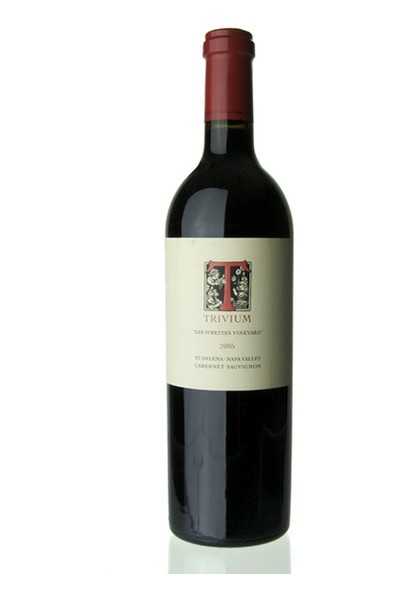Add Brand
Sign In
Close

Trivium
Are you the owner of this company?
Start your listing today – for free.
Register and add your brand description.

